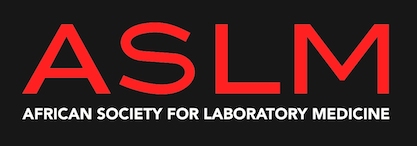
This article is part of the network’s archive of useful research information. This article is closed to new comments due to inactivity. We welcome new content which can be done by submitting an article for review or take part in discussions in an open topic or submit a blog post to take your discussions online.
We would like to draw your attention to this great article by our colleagues at the African Society for Laboratory Medicine (ASLM):
World Malaria Day 2016: Significant Gains, Closing the Gaps
Malaria is no longer the leading cause of death among children in sub-Saharan Africa and the proportion of children infected with malaria parasites has been cut in half in endemic areas of Africa since 2000. Across the continent, the prevention of new cases of malaria – attributable to control activities such as insecticide-treated mosquito nets, improved access to diagnostics and medications, and indoor spraying – saved nearly $1 billion USD in case management costs between 2001 and 2014.
Laboratory systems and diagnostic technologies are a critical pillar in the fight against malaria. The World Health Organization (WHO) recommends diagnostic testing for all people with suspected malaria before treatment is administered. Over the past ten years, health facilities in sub-Saharan Africa have scaled-up malaria testing services, providing diagnosis via conventional microscopy and rapid diagnostic tests (RDTs), which are now widely available in many settings. According to WHO, a sharp increase in diagnostic testing for malaria was reported in the African Region: from 36% of suspected malaria cases in 2005 to 65% of suspected cases in 2014.
Read the full article on the ASLM website by clicking here.
Useful Resources
Related Articles
-
Institutional maternal and perinatal deaths: a review of 40 low and middle income countries
BY Bailey et al -
Zika virus in asymptomatic blood donors in Martinique
BY Gallian et al. -
Antimicrobial Resistance and Immunisation
BY Authors: Sarah Bunn; Catherine Hall -
Biological Informatics Research Training in Health
BY M. Lesosky, C. Reddy -
The International Stroke Trial database
BY Peter AG Sandercock, Maciej Niewada, Anna Członkowska, the International Stroke Trial Collaborative Group
